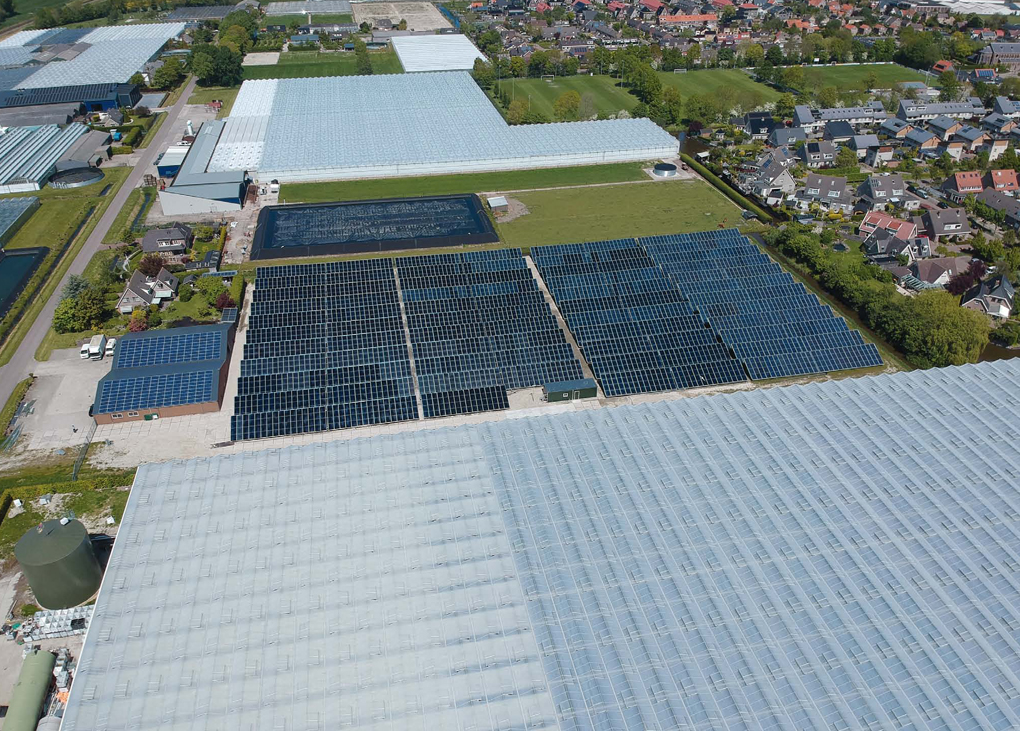The International Energy Agency’s Solar Heating and Cooling Programme (IEA SHC) has published the latest data on how this technology is being taken up around the world.
The report, Solar Heat Worldwide 2020, notes that the solar thermal market is experiencing challenging times. This is especially evident in China and Europe, where the traditional mass markets for small-scale residential solar water heating systems are under market pressure from heat pumps and photovoltaic systems.
Driven by the decline in new collector installations of about 8 per cent in China, the worldwide market shrank approximately 6 per cent in 2019 compared to 2018.
There is, however, strong growth in some solar thermal applications, particularly district heating. In Denmark, this market grew by about 170 per cent in 2019, and district heating systems also grew in other countries such as China and Germany, primarily due to its improved cost-competitiveness. Market growth was also driven by the rising demand for industrial and agricultural applications.
Megawatt installations are on the rise worldwide. At least 74 new large-scale (>350kWth) systems were commissioned in 2019 to provide heat for district networks and large buildings. In total, about 400 large solar thermal systems (>350kWth; 500m²) connected to district heating networks and in residential buildings are in operation with a capacity equal to 1.62GWth or 2.3 million square metres.
As of early 2020, 800 solar process heat plants with a collector area of 1 million square metres were installed worldwide.
The report notes two new applications in this sector: solar-heated greenhouses, which include systems ranging from 126m² collector area to just over 14,000m²; and solar-heated gas pressure control systems, which use solar to heat natural gas at gas pressure regulation stations during pipeline transportation, a niche application being used in several systems in Germany.
Although the solar thermal market in Australia shrank in 2018, it remains in the top 10 countries for total capacity installed and for capacity per capita.
“The opportunity for solar energy for industrial heating in Australia will reduce the use of gas, a controversial fuel, in the Australian context,” says Ken Guthrie of the APVI, the Australian member of the IEA SHC Technology Collaboration Programme.
“We have much better solar conditions than Denmark or Central Europe where solar heat is already cost competitive and the market is expanding.”
“It is true that solar thermal is going through challenging times, but it is important to note that this is mainly due to declines in the Chinese market,” says Daniel Mugnier, Chairman of the IEA SHC Programme.
“Despite this trend, solar thermal is experiencing steady growth in two key sectors – district heating and industrial processes. Plus, solar heating and cooling technologies will always have a positive impact on climate protection.”
The cumulative solar thermal capacity in operation at the end of 2019 was 479GWth (684 million square metres). The corresponding annual solar thermal energy yield amounted to 389TWh, which correlates to 135.1 million tonnes of CO2 – or 3.5 times the annual emissions of Switzerland.
A webinar covering the solar thermal global market is available on June 24. For more information, click here.
 Mark Vender
Mark Vender


Leave a Reply